What Is an Antral Follicle and How Does It Impact Pregnancy?
Fertility Treatment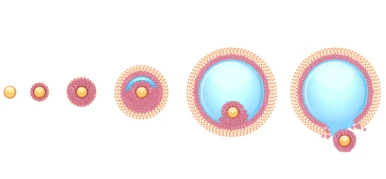
A fundamental understanding of eggs, follicles, and the menstrual cycle is crucial for women’s reproductive health. This knowledge can significantly enhance personal well-being and help prevent various fertility-related issues. So, what exactly is an antral follicle, and how does it influence women's pregnancy? In this article, we will delve into the vital role of antral follicles in ovarian function and fertility, providing insights into how their count and health can affect a woman’s chances of conception. Join us as we explore this important topic in detail.
What Is an Ovarian Follicle?
An ovarian follicle is a fluid-filled sac in the ovaries that contains one or more immature eggs. These sacs, including antral follicles, play a critical role in a woman's reproductive cycle. Several follicles, including antral follicles, start to grow at the beginning of each menstrual cycle. However, typically, only one follicle reaches the point of ovulation, releasing a mature egg.
The antral follicles that do not reach ovulation will break down and be reabsorbed by the body. In fact, about 99% of ovarian follicles, including antral follicles, never grow large enough to ovulate. Monitoring the antral follicle count (AFC) is important in fertility assessments, as it provides insight into a woman's ovarian reserve and her potential for successful conception.
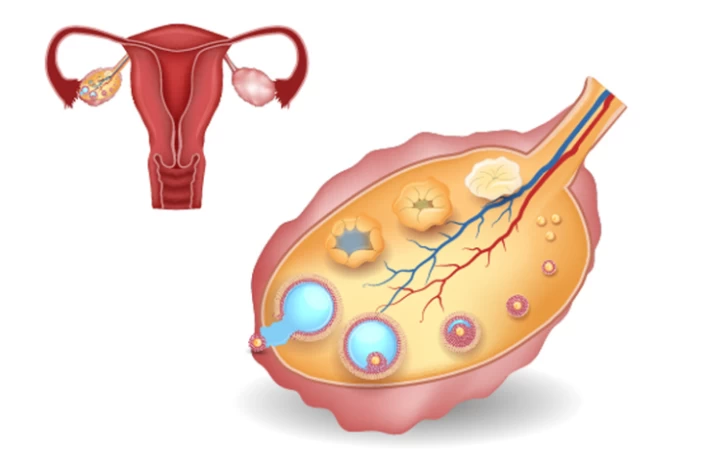
What Is an Antral Follicle?
From birth, every woman’s body contains follicles known as primary follicles. At birth, the ovaries have around one to two million of these follicles. It takes about a year for these follicles to reach the stage of ovulation. Primary follicles are so small that they cannot be counted within the ovaries. However, as the follicles grow, those containing mature eggs become larger and can be counted and observed. During this growth process, the follicles develop a cavity filled with fluid called an antrum, becoming larger. These are known as antral follicles.
Antral follicles are approximately 200 times larger than typical follicles and can be seen using ultrasound. These follicles produce a significant amount of AMH hormone, which aids in blood circulation throughout the body. Therefore, measuring AMH hormone levels in the blood is often used to assess ovarian function.
Antral follicle count (AFC) is examined to evaluate ovarian function. A low number of antral follicles may indicate ovarian insufficiency, while a high number might suggest ovarian issues such as polycystic ovary syndrome (PCOS). It’s important to note that it is natural for the number of antral follicles to decrease with age.
Antral Follicles and Ovarian Reserve
As mentioned earlier, antral follicles in the ovaries are small before they grow and release an egg, typically measuring around 2 to 9 millimeters in diameter. The antral follicle count (AFC) can be determined via ultrasound, which also indicates the number of remaining eggs in the ovaries.
The higher the number of antral follicles in the ovaries, the greater the chances of natural conception. Additionally, for women considering pregnancy through IVF, the antral follicle count plays a crucial role in determining the likelihood of IVF success.

How Do Antral Follicles Determine Fertility?
As mentioned earlier, the more antral follicles present in the body (as long as the count remains within a normal range), the higher the likelihood of natural conception. Each day, primary follicles are activated by hormonal signals and begin their growth process.
These follicles continue to grow, increasing in size. As noted earlier, some of these follicles disintegrate before reaching the third stage (antrum formation), while others absorb this fluid and develop into antral follicles. These follicles typically measure between 2 to 10 millimeters in diameter. A woman's fertility is assessed by considering the number of antral follicles along with other factors.
What Is the AFC Test or Antral Follicle Count?
The Antral Follicle Count (AFC) test is a fertility assessment performed via transvaginal ultrasound. This test is usually conducted between the second and fifth days of the menstrual cycle. During the procedure, the ultrasound technician examines each ovary and identifies follicles measuring between 2 to 10 millimeters in diameter. In addition to assessing fertility, antral follicle count can also be prescribed for the following purposes:

Initial diagnosis of ovarian issues
- Evaluation of ovarian function
- Determining fertility based on age
- Assisting in the diagnosis of polycystic ovary syndrome (PCOS)
What Is a Normal Number of Antral Follicles?
As mentioned earlier, the number of antral follicles decreases with age. Therefore, the normal count for a 20-year-old woman will be different from that of a 40-year-old woman. Generally, a count of fewer than four antral follicles is considered low.
For women planning to conceive through IVF, having around 20 antral follicles is ideal. It’s important to note that a low ovarian reserve does not mean infertility, but it does reduce the chances of conception.
Determining the Normal Antral Follicle Count in the Ovaries
In the previous section, we discussed the approximate normal count of antral follicles in the body. But how did doctors establish this baseline? A classic study was conducted on women with confirmed fertility to determine the normal range of antral follicles. The women participating in this study had to meet the following specific criteria:
- They had a regular menstrual cycle, typically ranging from 21 to 35 days.
- They had given birth to at least one child in the past.
- They had stopped using birth control pills at least two months prior.
- They were ovulating, which was confirmed by measuring their basal body temperature.
- They did not have any hormonal or reproductive organ-related diseases.
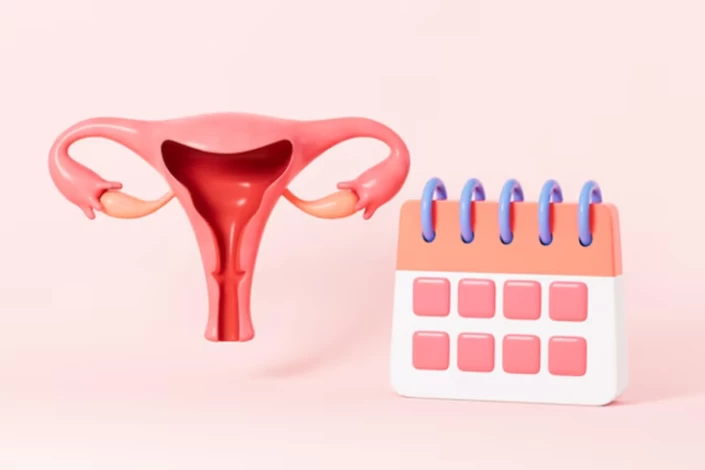
Why Are Follicles Important?
Ovarian follicles play a crucial role in women's reproductive health. They also perform the following essential functions in the body:
- Secreting hormones that regulate the menstrual cycle.
- Nourishing eggs until they are ready for ovulation.
- Protecting immature eggs.
How to Diagnose Diseases Affecting Ovarian Follicles؟
As mentioned earlier, issues related to ovarian follicles are not limited to their count but can also lead to other complications in the body. The following diagnostic and therapeutic methods can be used to identify these complications:
- Blood Tests
- Blood tests are used to measure hormone levels in the body.
- Pelvic Ultrasound
- This ultrasound allows doctors to examine the size of the ovaries and the number of antral follicles.
- Laparoscopy
- Laparoscopy is a surgical procedure performed under anesthesia. In this method, the doctor inserts a tool into the body to examine the ovaries and check for possible cysts.
Antral Follicle Diagnostic Procedures in Iran
Iran has emerged as a leading destination for advanced fertility treatments and diagnostic procedures, including assessments of antral follicles. The country boasts world-class medical facilities, highly skilled specialists, and competitive healthcare costs. RaadinaHealth, a prominent health tourism agency, offers comprehensive support for those traveling to Iran for medical care. They provide tailored packages that include the best offers for clinics, comfortable hotels for your stay, seamless transfers, and expert consultations. By choosing RaadinaHealth, patients can ensure a smooth and stress-free journey while receiving top-notch medical services in a country renowned for its commitment to healthcare excellence.
Conclusion
Understanding the role of antral follicles is essential for assessing women's reproductive health and fertility. From their crucial functions in hormone regulation to their impact on natural conception and IVF success, antral follicles are key indicators of ovarian health. Diagnostic procedures such as blood tests, pelvic ultrasounds, and laparoscopy play a vital role in identifying potential issues related to these follicles. As a leading destination for fertility treatments, Iran, supported by agencies like RaadinaHealth, provides exceptional healthcare options for those seeking to understand and enhance their reproductive health. With advanced medical facilities and comprehensive support, individuals can confidently pursue their fertility goals in a welcoming environment.
FAQs
1) What are antral follicles?
Antral follicles are fluid-filled sacs in the ovaries that contain immature eggs. They play a crucial role in the menstrual cycle and fertility by developing and potentially releasing an egg during ovulation.
2) How is the antral follicle count (AFC) determined?
The AFC is typically assessed through a transvaginal ultrasound performed between the second and fifth days of the menstrual cycle. The technician counts the visible antral follicles measuring 2 to 10 millimeters in diameter.
3) What is considered a normal antral follicle count?
A normal antral follicle count can vary by age. Generally, having more than four antral follicles is considered normal for women of reproductive age. Women planning for IVF should aim for around 20 follicles.
4) How do antral follicles affect fertility?
The number of antral follicles is an important indicator of ovarian reserve, which directly impacts a woman’s fertility. A higher count typically increases the chances of natural conception and the success rate of fertility treatments like IVF.
5) What factors can influence the antral follicle count?
Several factors can affect the antral follicle count, including age, hormonal balance, and underlying health conditions such as polycystic ovary syndrome (PCOS) or ovarian insufficiency.
6) Can a low antral follicle count indicate infertility?
While a low antral follicle count may indicate a reduced ovarian reserve and can lower the chances of conception, it does not necessarily mean infertility. Many women with low counts can still conceive naturally or with assisted reproductive technologies.
7) How can I get tested for antral follicles in Iran?
You can receive comprehensive fertility assessments, including antral follicle count tests, through various medical facilities in Iran. Agencies like RaadinaHealth can assist in arranging your medical travel, including consultations and diagnostic procedures.
8) What is the relationship between antral follicles and ovarian reserve?
Antral follicles serve as an indicator of a woman’s ovarian reserve, which refers to the number of viable eggs available in the ovaries. A higher count of antral follicles typically suggests a better ovarian reserve, which is important for fertility.
9) How often should women monitor their antral follicle count?
Routine monitoring of the antral follicle count is generally not necessary for all women. However, those facing fertility issues or considering assisted reproductive technologies may benefit from regular assessments, typically conducted by a fertility specialist.
10) Can lifestyle factors affect antral follicle health?
Yes, lifestyle factors such as diet, exercise, smoking, and alcohol consumption can influence ovarian health and the antral follicle count. Maintaining a healthy lifestyle can positively impact reproductive health and fertility.
11) What are the signs of ovarian issues related to antral follicles?
Signs of potential ovarian issues may include irregular menstrual cycles, difficulty conceiving, and symptoms associated with hormonal imbalances, such as excessive hair growth or acne. If these symptoms occur, it is advisable to consult a healthcare professional.
12) Are there treatments available for low antral follicle counts?
While there is no specific treatment to increase antral follicle counts, fertility treatments such as ovarian stimulation protocols during IVF may help maximize the chances of success for women with lower counts. Consulting a fertility specialist can provide personalized recommendations.
13) Is it safe to travel to Iran for fertility treatments?
Yes, it is generally safe to travel to Iran for fertility treatments. The country has high-quality medical facilities and skilled healthcare professionals. However, it’s important to plan your trip through a reputable agency like RaadinaHealth, which can provide support and guidance throughout your journey.
14) How can I prepare for an antral follicle count test?
To prepare for an antral follicle count test, it’s recommended to have the ultrasound scheduled between the second and fifth days of your menstrual cycle. It’s also important to inform your healthcare provider of any medications you are taking, especially hormonal treatments.

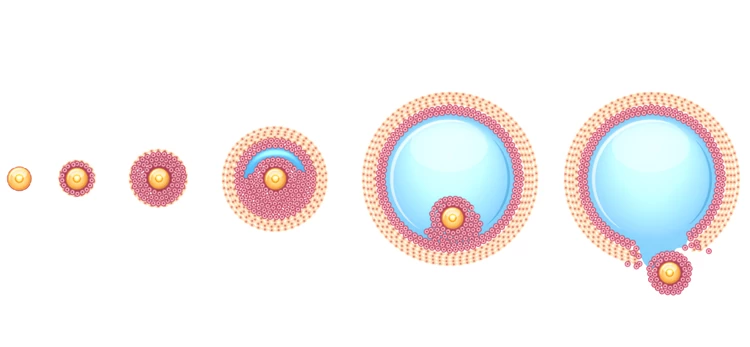
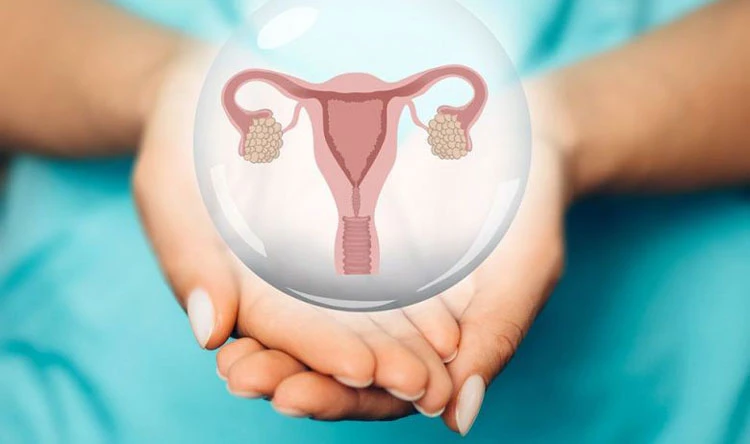
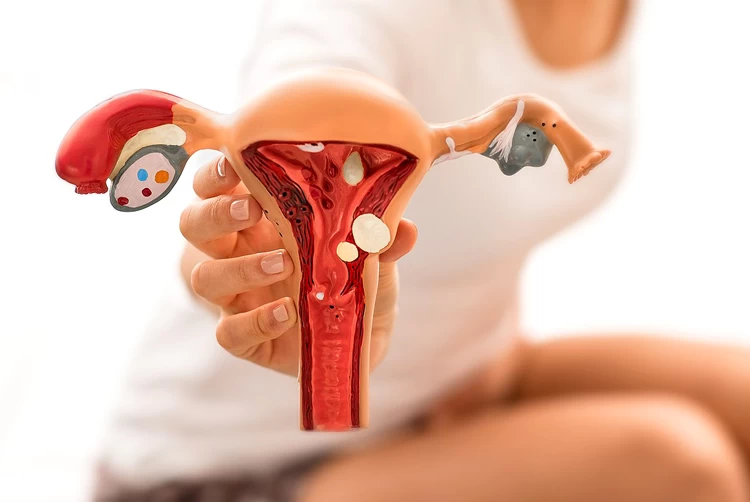









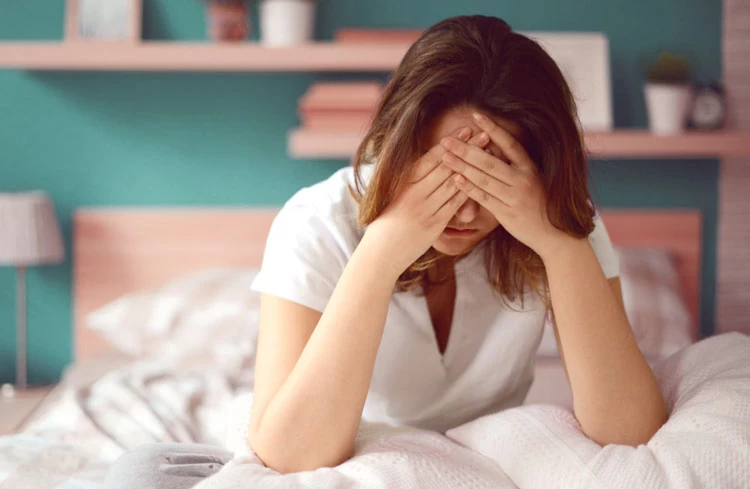

No reviews
Your comment